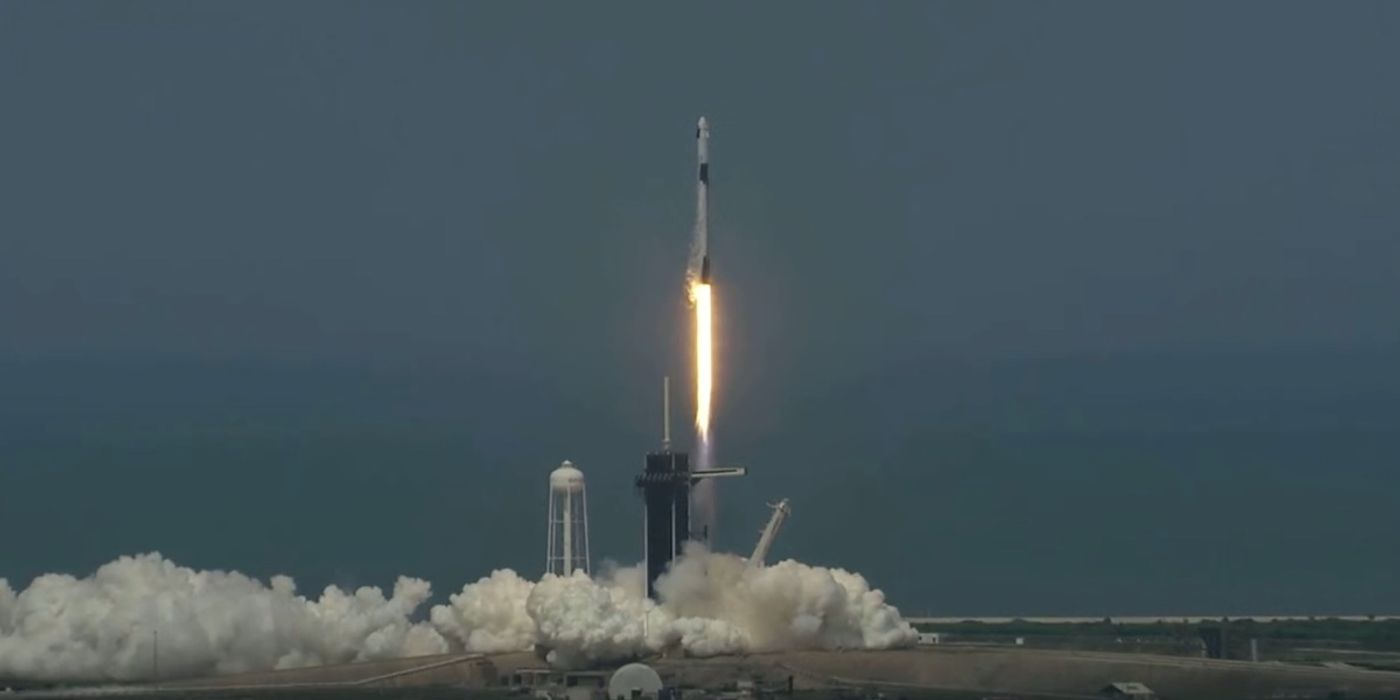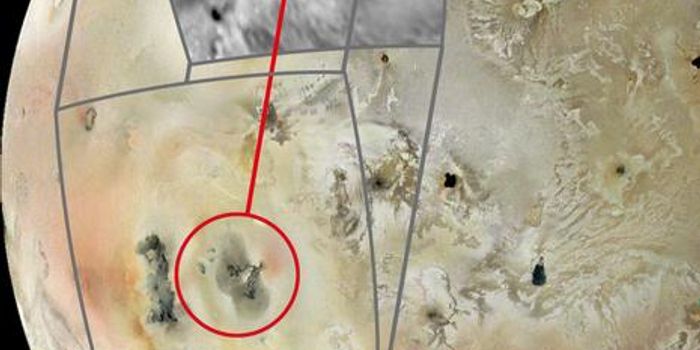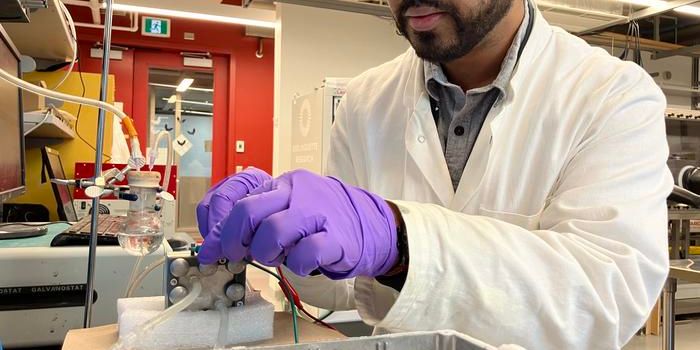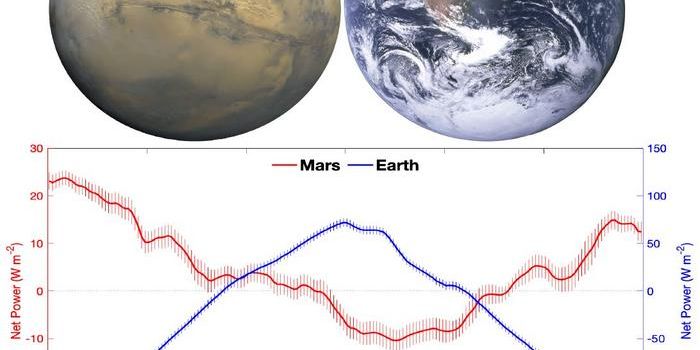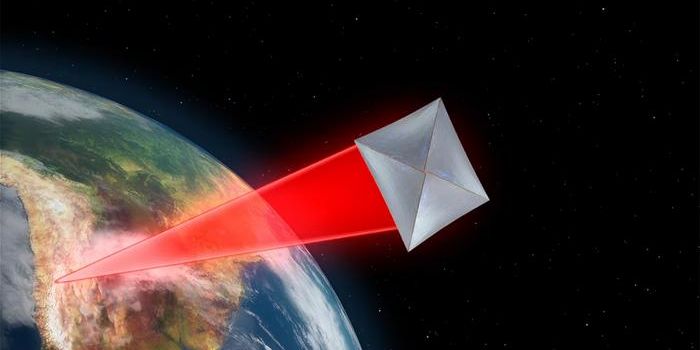SpaceX Crewed Demo-2 Mission Lifts Astronauts Into Space From U.S. Soil
Following a cancelled rocket launch opportunity this past Wednesday due to unfavorable weather conditions, SpaceX and NASA rescheduled their next Demo-2 launch opportunity for Today, Saturday, May 30th. Fortunately, no such cancellations happened this time around, and Demo-2 launched as scheduled.
Image Credit: SpaceX/YouTube
With a 50% chance of favorable weather for a rocket launch this afternoon, things seemed like they could go either way. Regardless, NASA astronauts Bob Behnken and Doug Hurley suited up into their 21st Century SpaceX spacesuits and prepared themselves to set an important precedent in history by becoming the first American astronauts to launch for space from U.S. soil since the Space Shuttle era nearly a decade ago.
Before this morning, both SpaceX and NASA targeted 4:22 P.M. Eastern time for this historic rocket launch. But plans seemed to change after a Tweet shared by the official SpaceX Twitter page suggested an updated launch window of 3:22 P.M. Eastern time.
Throughout the afternoon, teams from both SpaceX and NASA closely monitored weather conditions as and after the astronauts boarded the Crew Dragon capsule. It wasn’t long after that the boarding arm detached from the space vehicle and the call was made approving the process of fueling the Falcon 9 rocket ahead of the autonomous launch.
As the countdown timer approached the big moment, system checks were performed, and a final call was made approving the nail-biting launch. At 3:22 P.M. Eastern time, the Falcon 9 rocket ignited its nine Merlin engines, lofting the Crew Dragon capsule and its two comprising astronauts into the atmosphere from the launchpad at Kennedy Space Center’s famous Launch Complex 39A.
Related: Just how reusable is a Falcon 9 rocket?
The ride from Earth’s surface to outer space took approximately nine minutes, but it will take at least 19 hours for the Crew Dragon capsule to reach the International Space Station. When it does, the capsule will mate with the International Space Station’s docking module, after which the astronauts will be cleared to board and join existing crew members.
Despite being a crewed launch, SpaceX still followed its tradition of returning the Falcon 9’s first stage to Earth for recovery. Soon after separating from the second stage, the first stage performed a mid-atmosphere flip and initiated an entry burn to slow its descent for a safe approach over the landing pad on a drone ship in the Atlantic Ocean. Perhaps unsurprisingly, it landed flawlessly.
Like clockwork, it wasn't long after the successful landing that the second stage separated from the Crew Dragon capsule, enabling it to make its long journey to the International Space Station.
The full live stream of the launch can be watched below:
Not only was this an exciting launch for SpaceX and NASA, but also for the United States. Upon completing this demonstration, SpaceX should now be in the clear to play its part in more of NASA's crewed launch orders in the future, reducing the United States' dependence on other nations to get crew members into outer space and extending our reach for upcoming space opportunities.
This is indeed a day to remember.
